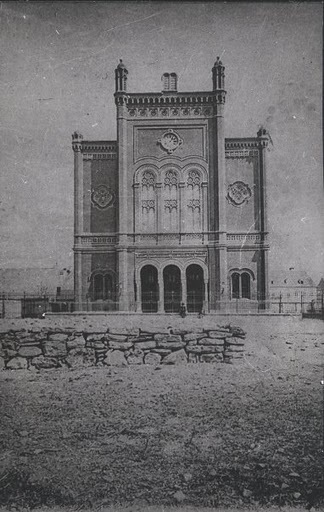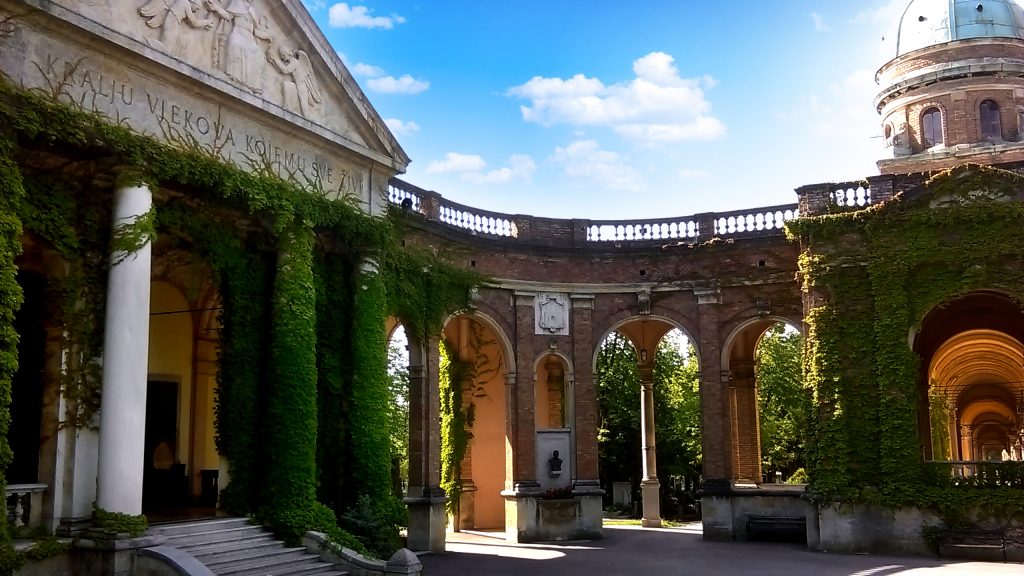
Zagreb is the capital of Croatia. The Jewish presence probably dates back to the 10th century, originating from surrounding areas but also from Spain and France. A place of prayer was mentioned at the end of the 15th century. Following the expulsion of 1526, the Jews were not able to return until two centuries later.
About 50 Jewish families from Bohemia, Moravia and Hungary lived in Zagreb in the mid-19th century. A synagogue, built by Franjo Klein, was opened in 1867. The chief rabbi of the city for fifty years was Hosea Jacoby. A Jewish school, a Talmud Torah and a home for the elderly were built at this time. Among the town’s Jewish personalities was Jacques Epstein, founder of the first Croatian charity, the Association for Humanism. Many local Jews also played a role in the Croatian patriotic movement, including Joshua Frank. Other prominent figures in the city were the doctor Mavro Sachs, the painter Oscar Hermann and the pianist Julius Epstein.

12,000 Jews lived in Zagreb at the beginning of the Second World War, some of them refugees from the surrounding countries. The Holocaust claimed many victims in Zagreb, including persecution, murder and deportation.
The Jewish community tried to rebuild itself after the war. The Jewish population of Zagreb was 1200 in 1970. The number declined to about 1000 at the turn of the 21st century. It constitutes the majority of Croatian Jews.
Built at the turn of the twentieth century by architect Franjo Klein, the Grand Synagogue of Zagreb was entirely destroyed in 1941 along with Croatia’s approximately thirty other active synagogues. Today, a far more modest establishment, located on the same site as where the Jewish Community Center headquarters used to be, serves as a place of worship. Besides a collection of religious artifacts, the community’s offices also house one of the largest Jewish libraries in the region of the Balkans, which has collected over 20,000 volumes, some of which date back as far as the fifteenth century.
The Zagreb Jewish Museum was created in 2016 to celebrate the community’s 210th anniversary. It features mainly ritual objects used by families throughout this two-hundred-year history, allowing visitors to rediscover Jewish life through the ages. More than 150 objects in all, including ancient Torah scrolls and books dating back to the 16th century.

Built 120 years ago on the city’s north side, the Mirogoj cemetery rivals the most beautiful in Europe. Its sizable Jewish section has the unique quality of featuring Christian and non-Christian tombs side by side. Over time, many Jewish graves were sold to Christians after their leases expired due to the disappearance of entire families during the war, and this accounts for the unusual arrangement.